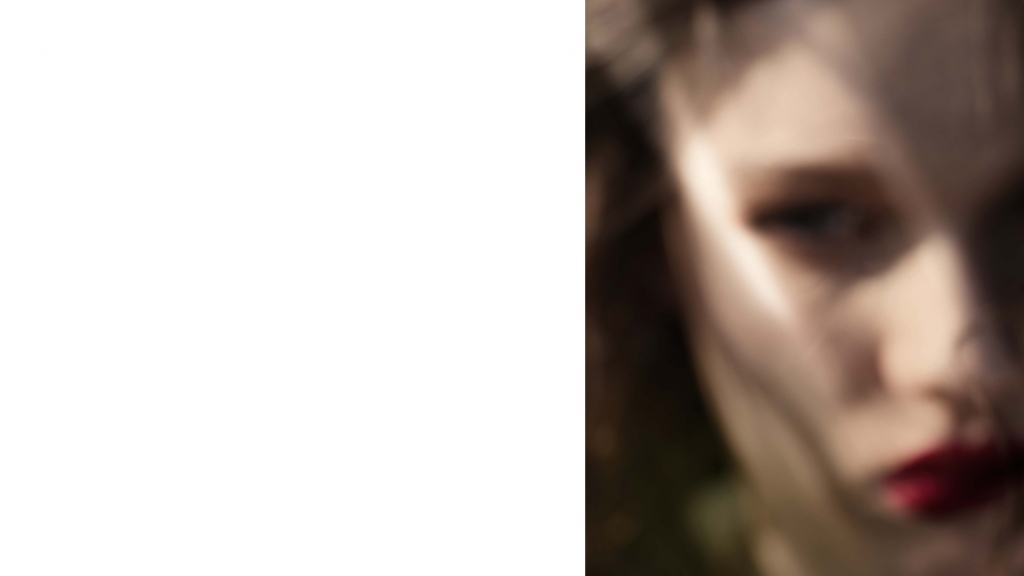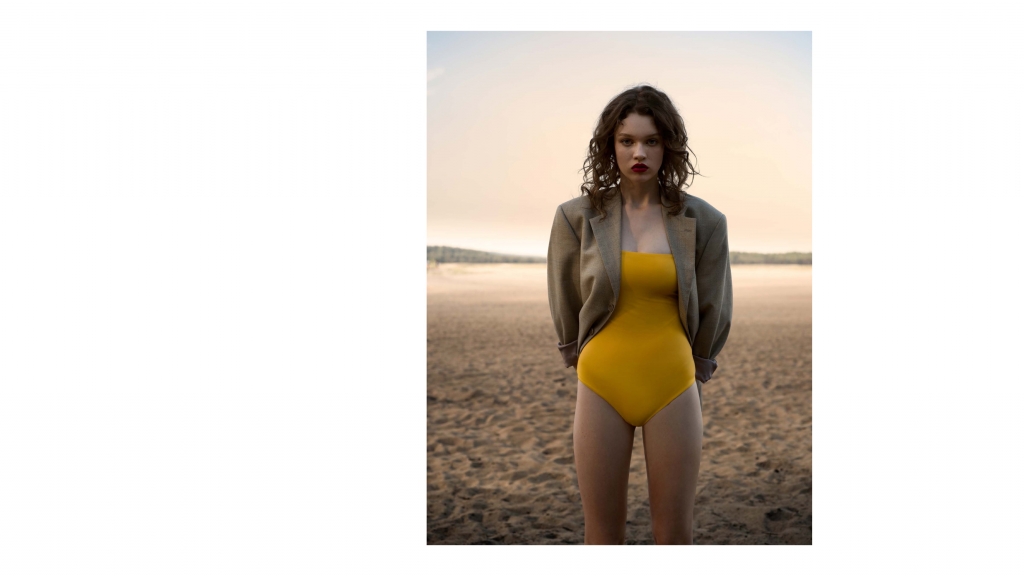Dawn
Dawn
Interview with Michał Massa Mąsior
“Dawn” seems a bit different than your other works, which are often darker, not only in terms of color. Also in emotional terms you seem to go a different way – less rough, more sensual? Is this impression deceptive, or are you taking a different path here? What is it about?
I understand your observation, but I cannot agree entirely. “Dawn” was conceived as a particularly cheerful expression. Yes, it is a story of a young, beautiful, carefree woman; but does that make it cheerful? I am not so sure. The colour palette does not convey much cheer, for one. Of course, it is the audience for whom I leave the final interpretation and I am quite curious about it too. The longer I work as a photographer, the more I intend to embed my own self in the work I make. This is the only way I can keep my work honest. I am now more focused on emotional aspects than technical side of photography and this is the biggest change I have seen in my work over the past decade. Before I was more focused on making a pretty picture, now the photographs are much more personal. For some time, I have focused more on the shadow than the light and I think this is very much a reflection of the current social mood globally, and especially in Poland.
How would you describe your style? What are your personal guidelines here and to what extent are they influenced by your commercial work?
It is tough to keep the commercial work separate from personal endeavours. I find that with artistic development comes a certain way of looking at things. And it can only be expressed in an almost intimate way. As mentioned before, I keep being drawn to shadows, ambiguity and suspense. Like the feeling waiting for an important event. Uncertainty is a part of my life. The sort of anticipation of something that could happen, but we cannot sure how it will turn out and if it will at all. I feel this permeates my work to a large degree, especially the more intimate and personal creations. Going back to commercial photography, few photographers have historically had an entirely free hand in conveying their personal side in their work. It is something I attempt to do, and I see my personal experiences influencing the more commercially minded, advertising works to a greater degree with time, certainly.
In “Dawn” you chose Karoline Malinowska as a model. She is pretty young, just 16. Can you tell us something about her? She is considered a very promising new face in Poland. Was it different to work with her and what way did she influence the style of the shooting.
All models are unique, as is everyone in their own way. Each model has their routines, preferences and ways of working. Some are more open and some more particular. To that you can add their own personal inhibitions, events in daily life and so on. Mostly, I invite to editorials the models I am already familiar with because I know that to expect and how to run the session. I try to tailor those expectations right at the outset of a project. However, this project was different. I was told that Karolina was available for a shoot, I saw her Polaroids and I was sure we should go ahead. We booked her first, and then tried to work out how to get then best out of the session. So, you see, I had the session planned in my mind without knowing anything specific about the model. On set it became apparent that she is a true talent, very mature for her age and working with her was great fun.In the end, the model has a decisive impact on the photographs. Despite shooting in a rather popular location we ended up with a unique creative result and this is a reflection on Karolina’s talent. I am mostly democratic in how we manage a session and I leave quite a bit of leeway to the model. Karolina made it work very well.
Corona certainly has a strong influence on your work. How do you cope with it? What has changed? What are your problems?
Well, for the first three months of the lockdown in Poland, there were no opportunities for photography work. I was only occupied with teaching students at the photography school. Everyone was affected in some way, no doubt, and I too was struggling for sanity. I would ride my bike around local woods despite the lockdown – and all woodlands were off limits at that time. I never made a single photograph during that time. Summer was the time of playing catch up and, I must say, up until the end of September I worked non-stop. I am quite pleased with my work during that period; I unlocked myself then. That was also the time to dedicate myself to personal projects, not related to fashion photography at all.
To what extent do you think it will change fashion photography as we know it? Or won´t it?
If you asked me during the summer, I would say confidently that nothing would change. We are all trying to get back to normal. But printed magazines are going out of business and the fashion market is in dire straits. Being mostly at home people only really need comfy casual clothes and a cup of coffee. Lounge Magazine, where I publish often, has halted issue for the second time already. Having said that, I was fortunate to feature in several prestigious publications this year – such as Elle Man Poland, or Forbes Poland. So far, overall, there has been little significant change for me professionally; but if the change comes, I will adjust to it.At the same time, I sense a change in aesthetics of fashion photography. My impression is the world of fashion has grasped that their clothes are worn not exclusively by extra slender women and athletically built men with a strong jaw line. Almost all brands are bought and worn by the tall and the short, the slender and the round, the symmetrical and the not so symmetrical, the bald and the well-endowed in the hair department. This is a step in the right direction, I think. Looking at Bruce Gilden’s works in your own Hall of Fame I can see that even people who do not fit the usual criteria for a model can look great in designer clothing.









